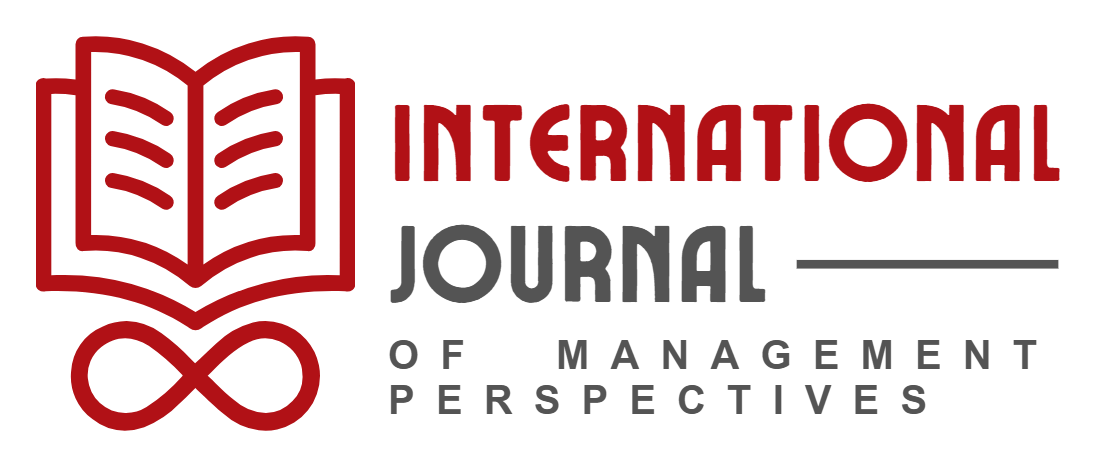 The terms distance learning and correspondence education are often used interchangeably, leaving many prospective students to assume that they are the same. In reality, while both of these study options have a remote approach to further education, they differ considerably in origins, delivery, pacing and interaction between students and instructors.
The terms distance learning and correspondence education are often used interchangeably, leaving many prospective students to assume that they are the same. In reality, while both of these study options have a remote approach to further education, they differ considerably in origins, delivery, pacing and interaction between students and instructors.
How Does Distance Learning Differ From Correspondence Courses?
Some of the key differences between distance education and correspondence courses include the following:
- Origins
Correspondence education is a type of distance education that began in the UK in the 1830s. It later moved to the United States in the later part of the 1800s, before spreading to the rest of the world. Course information in this type of study uses the postal service, with lessons and study materials sent by mail. After the internet began to grow, correspondence also began to include email as a method of delivery. Distance study as it is today is relatively new, and while it incorporates some element of correspondence, it also includes a range of additional learning tools such as online classrooms, video and study groups, all of which increase flexibility for students.
- Pacing
A major difference between these two forms of study is the pacing of classes or lessons. Correspondence is not in ‘real time’. Assignments are sent to students, completed and then returned. Some distance study assignments are completed this way, but others are completed through online chats, video or online tests that are done in real time. These courses are also run over semesters, with a specific time required to complete the course and specific terms of study.
- Interaction
Another major difference is the level of interaction between instructors and students. Correspondence typically requires little to no interaction, and projects are completed and sent to be graded without any further communication. Modern distance courses on the other hand rely on a higher level of interaction, with teaching styles that are more similar to traditional classroom settings and a range of tools that help students over the course of their studies.
Which is the best option for you? Only you can answer that, of course. Both of these study modes offer a flexible, convenient alternative to traditional on-campus courses. It is always best to weigh up the advantages and disadvantages of both options before deciding on the best choice for your needs. If you’d like to learn more about studying at a distance learning institute, contact REGENT Business School and we will do our best to help you get started with your study goals.


